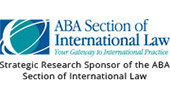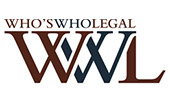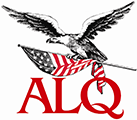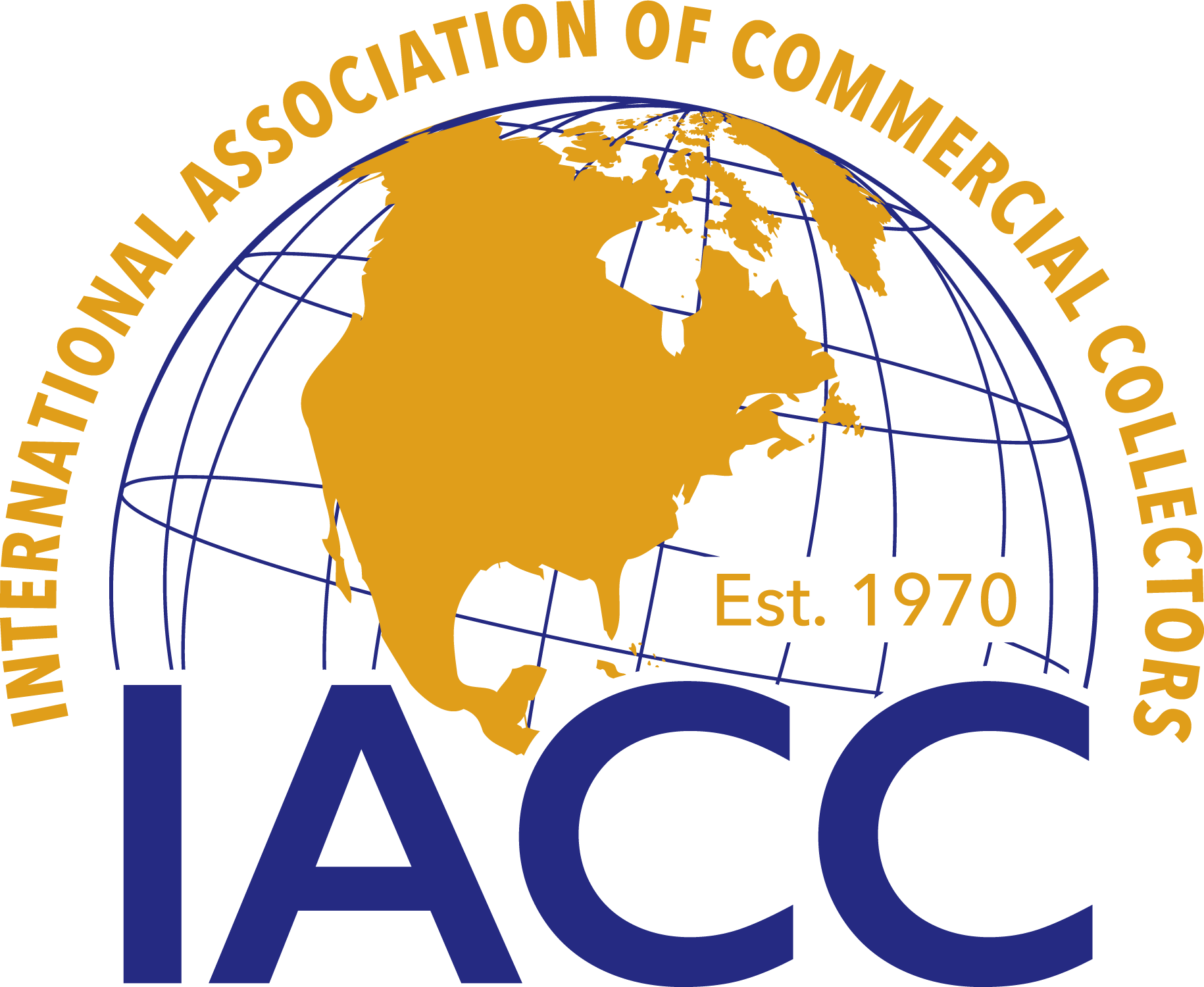In May 2014 the National Registry of Rural Lands (hereinafter “NRRL”) published a list of forty-nine (49) municipalities across the country that exceed the maximum domain of national rural land by foreign owners. Accordingly, foreign legal entities and individuals will not be allowed to acquire rural lands in these sectors.
The legislation that rules national dominion over property, possession and holding of rural lands is Law No. 26,737 (the “Law”), which came into force in December 2011 and is regulated by Decree No. 274/12 (the “Regulatory Decree “). The enforcement authority is the NRRL, which works in parallel with the Interministerial Council of Rural Lands (“ICRL”). Both entities were established by the Law and are also ruled by the Regulatory Decree.
The Law, which applies throughout the national Argentine as a public order legislation, is mainly intended to determine the domain and possessory situation of rural lands by establishing legal obligations and a number of limitations on property and possession of those rural lands in power of foreign owners, whatever destination they give them.
The restrictions established by the Law are the following:
– Ownership or possession of rural lands in the national, provincial, municipal or equivalent administrative unit territory, can not exceed the limit of fifteen percent (15%)of rural lands in the whole country;
– Ownership of rural lands by individuals or corporations of the same nationality shall not represent more than thirty percent (30%) of the fifteen percent (15%) previously mentioned.
– Rural lands whose owner or possessor was a foreigner may not exceed one thousand hectares (1,000 ha) in the “core area” (Section 10 of Regulatory Decree) or equivalent area determined by the ICRL.
– It is prohibited foreign ownership of rural lands containing or coastal to water bodies or situated in areas of border security though exceptions and procedures established by the Argentine national security legal regime.
It is important to consider that these restrictions are set on foreign ownership of rural lands in favor of:
– Individual foreigners. However, there are some exceptions and the limitations do not operate on: i) Individuals with ten (10) years of continuous and permanent residence in Argentina; ii) Parents of Argentine children, needing no prove (5) years of residence in the country; iii) Individuals who got married to an Argentine citizen. The marriage must have endured five (5) years or more before the constitution or transfer of rights on rural lands, proving permanent and continued residence in the country by the same term;
– Legal entities whose share capital is owned by foreign entities or individuals in fifty one percent (51%) or other proportion necessary to make majority social decisions (moreover, legal entities that are controlled by any foreign corporation or cooperative in over twenty-five percent (25%) and foreign individuals or legal entities operating in a society as partners must be included);
– Foreign public entities;
– Civil associations in terms of the National Civil Code (Section 46).
Regarding the NRRL, one of its activities consists in elaborating censuses in order to record what proportion of rural lands are foreign-owned, verifying compliance with current regulations. In July 23, 2013 the agency published the annual national census which showed that from 267,679,474 hectares of Argentine rural lands, a number of 15,881,069 hectares were foreign owned (that includes a five point ninety-three percent (5.93%) of the ninety-five point eighty-eight percent (95.88%) of its rural territory). At provincial level no province exceeded the limits set by the Law although at the municipal level restrictions were exceeded in 49 municipalities. Thus, the situation at the provincial level was set as follows:
– The provinces of Buenos Aires, Chaco, Chubut, Córdoba, Entre Ríos, Formosa, La Pampa, Río Negro, San Luis, Santa Fe and Tucumán exhibited foreign owned rural lands less than five percent (5%);
– In the case of Jujuy, Mendoza, Neuquén, San Juan, Santa Cruz, Santiago del Estero and Tierra del Fuego rural lands possessed by foreign owners was between five and ten percent (5 and 10%);
– The largest percentage of foreign ownership of rural lands was showed by Catamarca, Corrientes, La Rioja, Misiones and Salta in greater than ten percent (10%).
This year, the NRRL published a list which exhibits forty-nine (49) municipalities that exceed the legal limit of fifteen percent (15%) of rural lands foreign ownership. As a consequence, foreign corporations and individuals were banned to acquire rural lands in these sectors. In addition, in this publication the NRRL reported that eight (8) provinces (Chubut, La Pampa, Mendoza, Tucumán, San Luis, Tierra del Fuego, Río Negro, Formosa and Misiones) have started activities to determine provincial equivalencies for the called “core area “established by the current legislation on the subject. These tasks are on-going.









